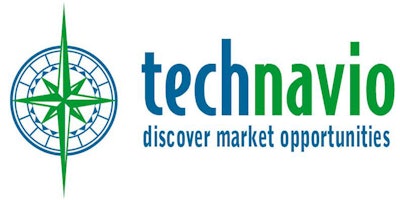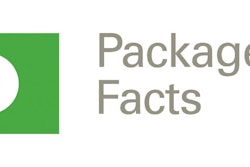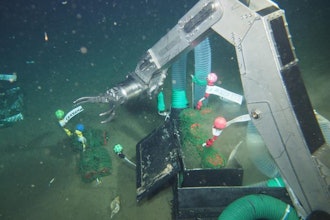

LONDON (BUSINESS WIRE) — Technavio analysts expect the global advanced packaging market to exceed USD 31 billion by 2019, growing at a CAGR of almost 8%, according to their latest report.
The demand for packaging materials is expected to rise during the forecast period, mainly because of the rise in consumer awareness, demand for fresh foods, and increasing consumption of processed food.
According to Sharan Raj, lead research analyst at Technavio, for the packaging industry, “There is an increased need for technologies to ensure food safety coupled with an increase in demand from the beverage industry for application in both carbonated and noncarbonated drinks. These factors together can be relied upon to boost market growth.”
Technavio’s market research analysts have identified the following three factors that will drive the global advanced packaging market:
- Demand for hygienic packaging in food industry
- Development of innovative packaging solutions
- Consumer engagement
Demand for hygienic packaging in food industry
Due to an emphasis on food safety from consumers and food manufacturers, packaging vendors are focusing on introducing advanced packaging solutions that meet hygiene standards and ensure product quality.
Packaging is crucial for the food industry to maintain the safety and quality of food. Packaging solutions such as modified atmosphere packaging (MAP) help extend shelf life and preserve the quality of the food stored. In addition, demand for freshly prepared food products with no artificial additives and preservatives forces manufacturers to look for smarter packaging solutions that enhance the shelf-life of products.
Development of innovative packaging solutions
The introduction of food and beverage packaging materials with improved properties such as mechanical, barrier, and antimicrobial properties help retain the food quality while eliminating the need for using preservatives and additives.
In September 2015 at the Pack Expo in Las Vegas, Multisorb Technologies introduced specially designed dispensers for oxygen absorbers and desiccants, which unlike artificial preservatives help in preserving quality and preventing spoilage without affecting the food quality.
Also, the introduction of nanosensors that trace and monitor food and beverage conditions during transport and storage has led to high demand for nanocomposite-based packaging materials in the beverage industry. Such packaging materials also reduce the leakage of gases, enhancing shelf life. The demand for oxygen-scavenging nanocomposite films for packaging non-carbonated drinks such as juices and energy drinks is also increasing.
Consumer engagement
Incorporating smart technology packaging has become a tool for consumer engagement and improving market branding. The customers benefit from the advanced packaging as they get information regarding the condition of the products at the time of purchase and later, at the time of consumption.
In 2014, Heineken used intelligent packaging technology in their Ignite interactive bottle design for beer bottles aimed at creating a memorable experience. The bottle has a micro sensor at the bottom with a plastic base, which responds according to the outside environment and lights up with the help of eight bright LEDs. Also, Häagen-Dazs incorporated Timer app where customers can scan a quick response (QR) code on the package lid and through augment reality, see a two-minute video while the ice cream reaches the ideal temperature for consumption.
“Certain advanced packaging solutions that comprise freshness indicators on labels that change color as the product approaches the expiration date have also been introduced,” says Sharan.






















